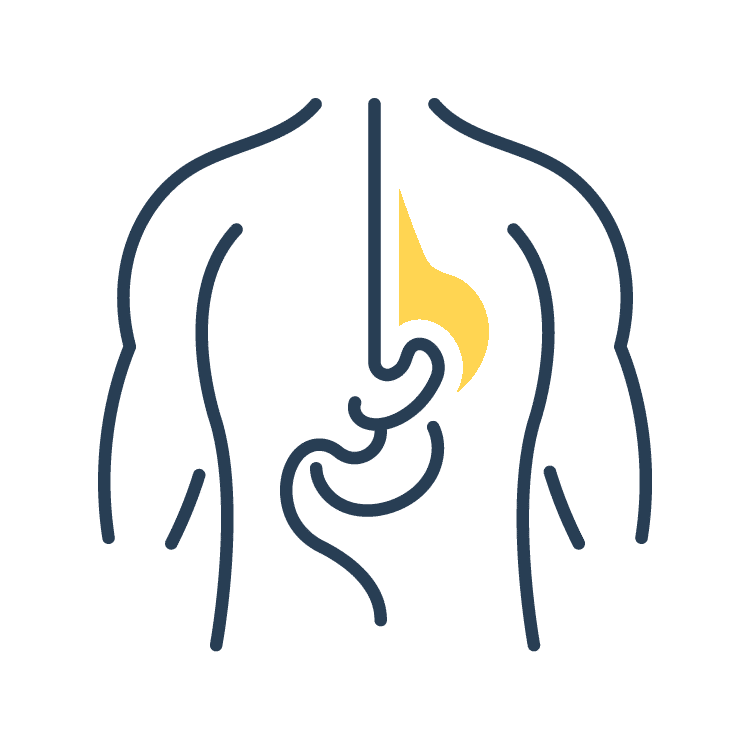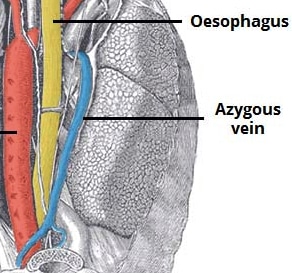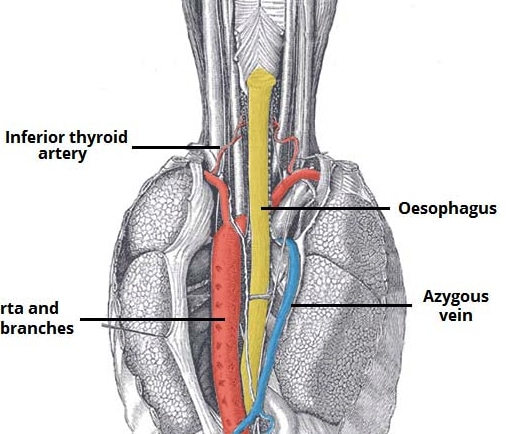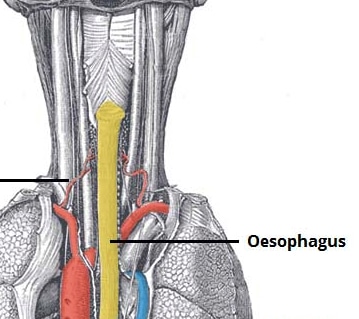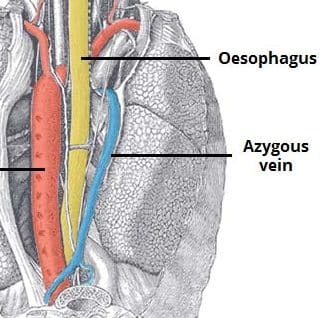- Core Concepts
- Peri-Operative Care
- Examinations
- General
- HPB
- Vascular
- Urology
- Orthopaedics
- Breast
- ENT
- Neurosurgery
- Plastics
- Cardiothoracics
- Transplant
- Consent
Oesophageal Disease
format_list_bulletedAbout this section add remove
The oesophagus is the fibromuscular tube that transports food from the pharynx to the stomach. It originates at the inferior border of the cricoid cartilage, at the C6 level, and extends to the cardiac orifice of the stomach, at around T11 level.
Reflux disease can significantly affect the patients quality of life if left untreated. Even in treated cases, surgical management may eventually be required. Moreover, reflux disease can lead to Barrett’s oesophagus developing, a precursor to oesophageal cancer, both topics discussed here.
Oesophageal motility disorders, whilst rare, can significantly affect patients and lead to profound dysphagia, and needs appropriate investigation and management.

